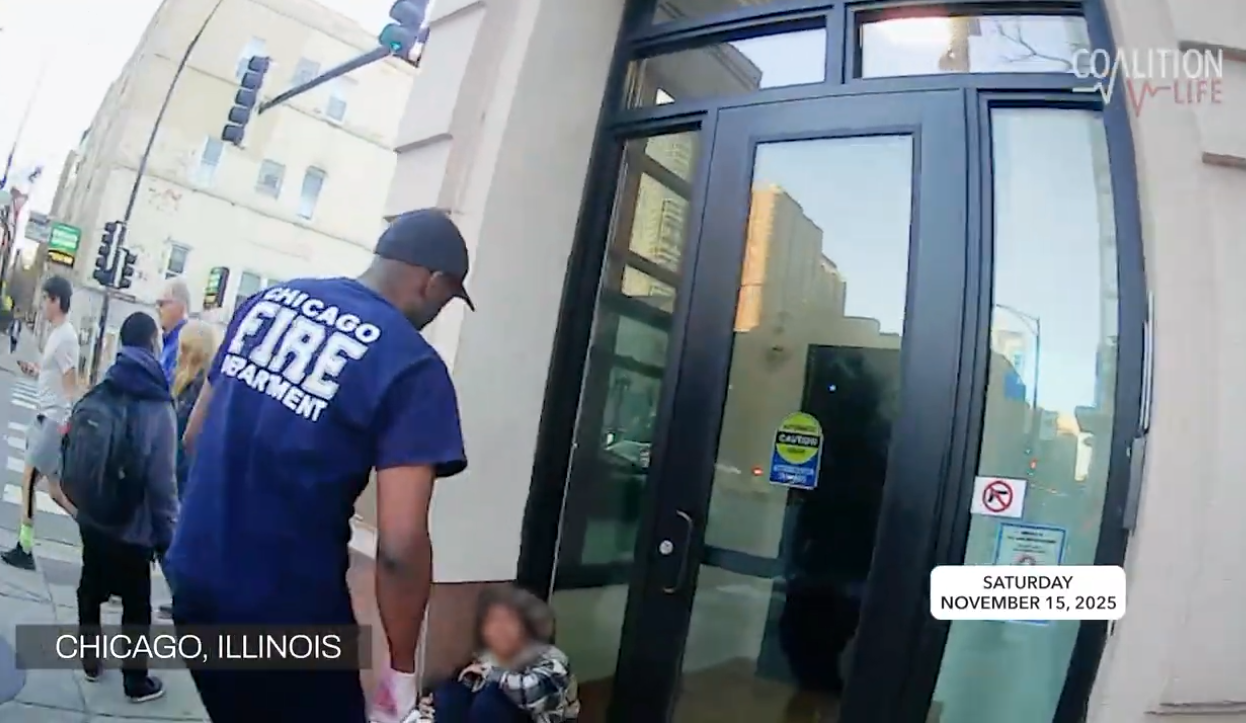The states of Florida, Nebraska, and South Dakota were the only three of the 10 states with ballot initiatives last fall to vote to protect women and their unborn children. Most of the measures sought to amend state constitutions to enshrine abortion without limits through all nine months of pregnancy.
The danger and technique of the 10 state initiatives were detailed by Americans United for Life (AUL) ahead of the 2024 election. AUL’s statement captured the underlying problem beneath these ballot initiatives - that they work through deception.
“These pro-abortion ballot measures pose a serious threat to life and those that passed will have devastating repercussions for women and preborn children,” AUL stated in its release. “Unfortunately, these ballot measures were deceptively worded and advertised.”
In its resource on the state amendments Heartbeat International also warned of the ambiguous nature of the proposals. Heartbeat also cautioned that future proposed initiatives will likely become even more aggressive.
[Click here to subscribe to Pregnancy Help News!]
Pregnancy Help News spoke with Adam Schwend, regional political director for Susan B. Anthony Pro-Life America and Peter Northcutt, director for State Strategies for National Right to Life Committee, about how pro-life advocates should proceed in the aftermath of the state referendum results. Both men were focused on forward-thinking strategies to replicate the success of the three states that saw abortion initiatives defeated.
“As we were going into this cycle—after the last few cycles of abortion-related ballot measures—there was a fundamental understanding everywhere that we needed to win,” Schwend said.
Northcutt speculated that the 2024 election was a turning point.
“When you look at 2024 when it comes to ballot initiatives, I really do think we’re starting to turn the corner,” he said. “We had successes.”
“It gives us a template and some strategies that we can carry going forward into 2025 and 2026,” Northcutt added.
The three states where pro-life efforts prevailed employed a trio of things that give a blueprint for future pro-life victory, Schwend said.
Unified pro-life coalition
“The first one is a unified grass-roots coalition,” he said. “In all three of the states that we won there was a strong unified group of people working on the ground to defeat these ballot measures.”
In Nebraska there was a measure to retain abortion restrictions already in the law (Initiative 434) and a second (Initiative 439) which would have the opposite effect and amend the state constitution thus threatening the state’s ability to enact any future measures to protect the unborn.
With 434 passing and 439 failing, Nebraska voters held onto protection of life beyond 12 weeks’ gestation.
Throughout the states where pro-life organizations prevailed they were hitting on all the same points clarifying why the abortion proposals were too extreme.
“The more the voters understand what their abortion laws actually are, the more they’re likely to reject these pro-abortion amendments,” Northcutt said.
High profile elected officials on board
The second piece of the blueprint for success Schwend described is having elected officials who consistently took up the mantle of defending life in relation to the ballot measures.
“The poster child for that was Gov. DeSantis of Florida,” Schwend said.
Pro-life Floridians emerged victorious from the proposed Amendment 4 battle which would have enshrined abortion into the state constitution, but the battle was hard-fought. The pro-life efforts there were referenced in the media as a recipe for success for pro-life activists in defeating heavily-funded abortion lies.
In one example, DeSantis sought to stem the tide of pro-abortion rhetoric with widespread efforts to educate the public concerning the truth about pregnancy care versus abortion services. He countered the abortion deception at every turn and also called heavily upon the faith community to galvanize their congregations in favor of life.
“He was just indefatigable in going everywhere and taking every opportunity to speak,” Schwend.
“We also saw this with several officials in South Dakota as well as Senator Ricketts in Nebraska,” he said.
Schwend described the contrast between states where only the pro-life organizations were speaking out verses states where elected officials were going on the record, driving media coverage of the events and statements made by these individuals.
“The mainstream media can ignore what we’re saying, they do it regularly,” he said. “But when a governor gives a press conference, when a senator shows up to an event, they have to cover it.”
Northcutt discussed the narrative used by abortion activists to push extreme abortion laws by selling them as providing health care for women who will be deprived of life-saving measures without it. It has been an elaborate propaganda campaign which has had success in confusing the public.
“Clearing the air on the truth of what life saving pro-life laws actually do,” Northcutt explained. “They are not depriving women of healthcare.”
In reality, there is no U.S. state that has laws that do not protect the life and health of the mother.
Tweet This: In reality, there is no U.S. state that has laws that do not protect the life and health of the mother.
In a press release from the Agency for Health Care Administration for the State of Florida DeSantis’ office sought to notify healthcare providers of the dangers of misinformation which was being spread by abortion supporters and the media.
The statement offers this definition for abortion: “The termination of human pregnancy with an intention other than to produce a live birth or to remove a dead fetus. A miscarriage does not produce a live birth.”
“Florida requires life-saving medical care to a mother without delay when necessary,” healthcare providers were then reminded, “and the Agency for Health Care Administration and the Florida Department of Health will take regulatory action when a provider fails to follow this standard of care.”
The issue of pro-abortion misinformation has not been limited to the state of Florida. In another example, Oklahoma Senator James Lankford questioned healthcare providers in October 2024 concerning deceptive rhetoric surrounding abortion, concerned over the threat this poses to women in need of legitimate healthcare.
Northcutt credited ad campaigns in Nebraska that featured doctors clarifying the issue of how the standard of care for women would be lowered if the abortion measure were to prevail.
Additionally, female athletes from the University of Nebraska were featured in pro-life ads. These athletes provided a celebrity endorsement that the media could not ignore.
Monetary support to campaign for life
The final piece of the strategy laid out by Schwend is something Northcutt agreed with, and that is having ample funding to combat deceptive pro-abortion campaigns. On the whole, pro-life advocates were outspent significantly by abortion forces pushing to enshrine abortion in state constitutions. Two of the three states where the abortion initiatives were defeated were the exception.
“We saw in almost every single state we were outspent by an astronomical amount,” Schwend said. “In South Dakota and Nebraska, a parity of funding occurred.”
Schwend and Northcutt were both encouraged by the hard work, effort, and fundraising put forth by pro-life advocates in the 2024 election. But the battle remains, with future prospective abortion initiatives on the horizon. Building on the three pillars of having a unified pro-life coalition, high-profile government officials and other notable individuals speaking out, and sufficient funding, can result in an informed electorate, and a better opportunity to protect women and pre-born children.
Editor's note: Heartbeat International manages Pregnancy Help News.







